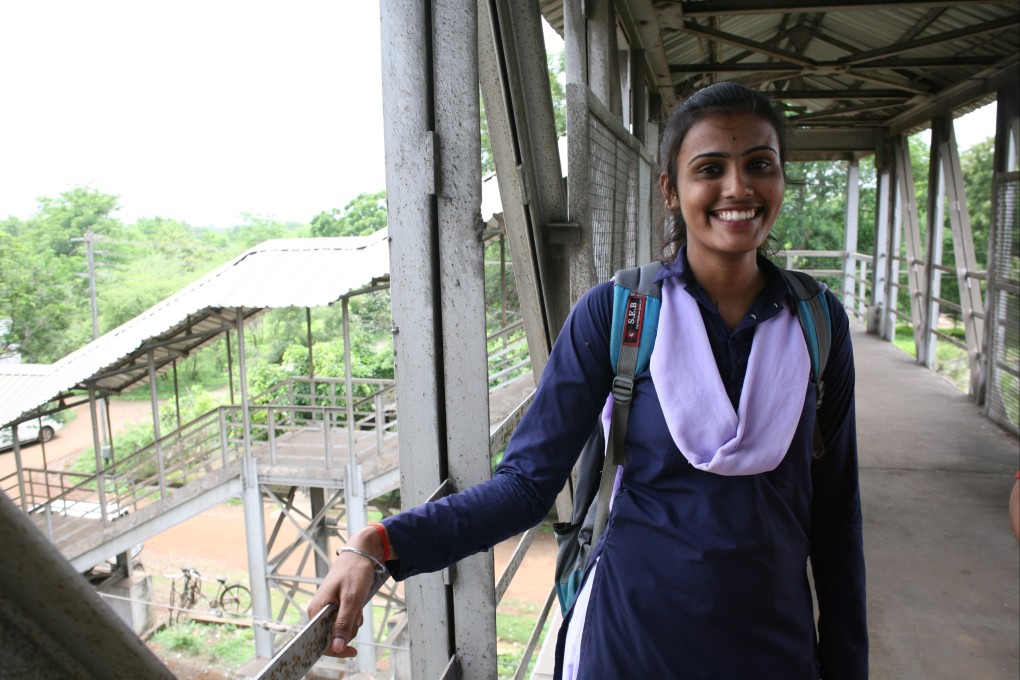‘Their stories are incredible’: NGO Room to Read looks to empower girls everywhere through multimedia campaign She Creates Change
- Adolescent girls are disproportionately at risk of being denied access to education, and NGO Room to Read’s multimedia campaign She Creates Change takes this on
- Featuring films, books and audio stories about young women overcoming adversity, it aims inspire others to ‘make informed choices’ and ‘shape their future’

October 11 is International Day of the Girl, a global movement promoting girls’ empowerment while addressing the challenges they face.
There are many.
According to the United Nations, around 90 per cent of adolescent girls and young women in low-income countries do not use the internet – their male peers are twice as likely to be online – while girls aged five to 14 globally spend 160 million more hours each day than boys the same age providing unpaid care and doing domestic work.
More than 98 million adolescent girls are not in school, with poverty, child marriage, early pregnancy and trafficking among the reasons they are deprived of their fundamental right to education.

“The series includes the stories of six girls from different countries [Bangladesh, India, Nepal, Sri Lanka, Tanzania and Vietnam] who use skills acquired from our Girls’ Education Programme to overcome challenges,” says Room to Read chief executive Geetha Murali via Zoom from California.